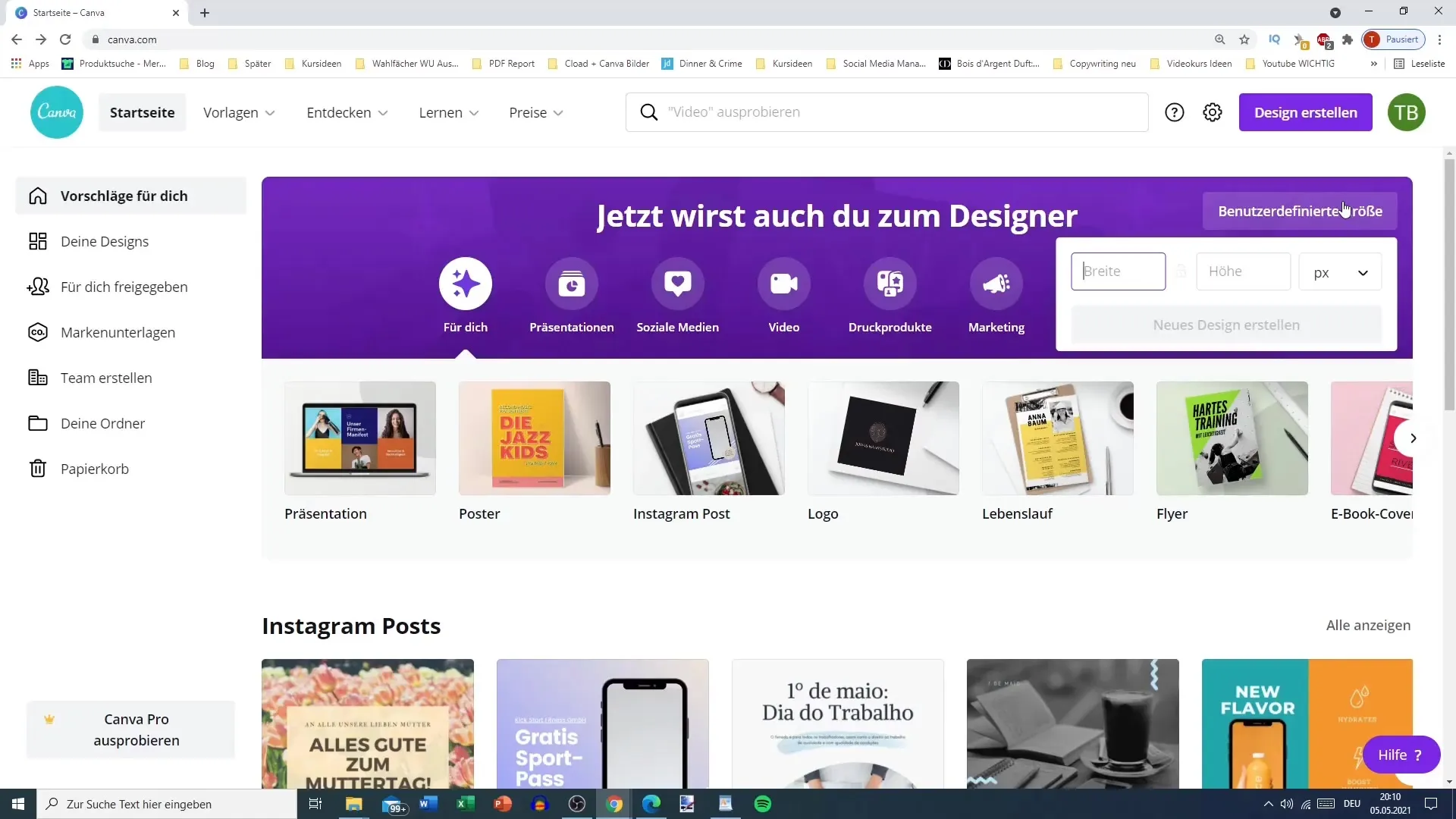
Canva: Complete Buyer's Guide
Democratized AI-powered design platform
Canva has evolved from a simple template platform into a comprehensive AI design ecosystem centered on Magic Studio, delivering automated design generation, brand consistency enforcement, and real-time collaboration capabilities.
Market Position & Maturity
Market Standing
Canva occupies the accessible design democratization space within the AI design tool market, positioning itself as the primary alternative to professional design tools for organizations prioritizing speed and collaboration over advanced creative control.
Company Maturity
The vendor demonstrates operational maturity through consistent platform performance and user adoption patterns, with most users achieving operational proficiency within 2 weeks [130][146].
Growth Trajectory
Growth trajectory evidence includes expanding AI capabilities through Magic Studio development and increasing enterprise feature sets.
Industry Recognition
Industry recognition appears through widespread adoption across SMB and mid-market segments.
Strategic Partnerships
Strategic partnerships and ecosystem positioning remain less developed compared to enterprise-focused alternatives that integrate deeply with CRM and MarTech stacks [4][13].
Longevity Assessment
The platform's evolution from basic template tool to comprehensive AI design ecosystem demonstrates strategic product development aligned with market demands.
Proof of Capabilities
Customer Evidence
SMB marketing teams report 5-minute flyer creation versus 1+ hour manually [115][130].
Quantified Outcomes
Brand consistency validation shows the platform successfully addresses organizational challenges, with hybrid workflows combining AI draft generation and human refinement reducing brand guideline violations [130][148].
Case Study Analysis
Enterprise implementation evidence indicates more complex deployment requirements, with larger organizations requiring 3-6 months for implementations with CRM integrations versus 2-4 weeks for SMB rollout [137][152].
Market Validation
Customer adoption patterns reveal clear segmentation in effectiveness. Small and medium businesses achieve the strongest results by leveraging Canva's extensive professionally designed template library compared to competitors' smaller collections [130][133].
Competitive Wins
Competitive displacement evidence shows Canva's ability to replace traditional design workflows, particularly in scenarios requiring high-volume content production.
Reference Customers
Reference customer validation includes diverse organizational types successfully implementing Canva for marketing materials, event promotions, and internal communications [115][130].
AI Technology
Canva's AI technology centers on Magic Studio, a comprehensive suite of generative design tools that automates template creation, image generation, and brand consistency enforcement.
Architecture
The platform operates on a cloud-only architecture, which eliminates on-premises deployment options but enables automatic updates and collaborative access [131][153].
Primary Competitors
Adobe Express, DesignWiz, Microsoft Designer
Competitive Advantages
Canva's Competitive Advantages include real-time collaboration with simultaneous editing and commenting that streamlines team workflows [130][137], cross-platform optimization with auto-resizing that eliminates manual reformatting across print and social media channels [130][145], and extensive template library providing broader selection than most competitors [130][133].
Market Positioning
Market Positioning Strategy focuses on design democratization for non-designer users rather than professional design tool replacement.
Win/Loss Scenarios
Win/Loss Scenarios favor Canva for rapid deployment, extensive template libraries, team collaboration, and cost-conscious implementations, while alternatives win for advanced design control, enterprise integration requirements, regulated industry compliance, and professional print production.
Key Features

Pros & Cons
Use Cases
Pricing
Featured In Articles
Comprehensive analysis of AI Flyer Design Tools for AI Design for AI Design professionals. Expert evaluation of features, pricing, and implementation.
How We Researched This Guide
About This Guide: This comprehensive analysis is based on extensive competitive intelligence and real-world implementation data from leading AI vendors. StayModern updates this guide quarterly to reflect market developments and vendor performance changes.
224+ verified sources per analysis including official documentation, customer reviews, analyst reports, and industry publications.
- • Vendor documentation & whitepapers
- • Customer testimonials & case studies
- • Third-party analyst assessments
- • Industry benchmarking reports
Standardized assessment framework across 8 key dimensions for objective comparison.
- • Technology capabilities & architecture
- • Market position & customer evidence
- • Implementation experience & support
- • Pricing value & competitive position
Research is refreshed every 90 days to capture market changes and new vendor capabilities.
- • New product releases & features
- • Market positioning changes
- • Customer feedback integration
- • Competitive landscape shifts
Every claim is source-linked with direct citations to original materials for verification.
- • Clickable citation links
- • Original source attribution
- • Date stamps for currency
- • Quality score validation
Analysis follows systematic research protocols with consistent evaluation frameworks.
- • Standardized assessment criteria
- • Multi-source verification process
- • Consistent evaluation methodology
- • Quality assurance protocols
Buyer-focused analysis with transparent methodology and factual accuracy commitment.
- • Objective comparative analysis
- • Transparent research methodology
- • Factual accuracy commitment
- • Continuous quality improvement
Quality Commitment: If you find any inaccuracies in our analysis on this page, please contact us at research@staymodern.ai. We're committed to maintaining the highest standards of research integrity and will investigate and correct any issues promptly.